Blog
Gunung Agung volcano
3 November 2018
What is the situation and what are the preventive measures to take?
Gunung Agung volcano (3142m high) is the highest volcano in Bali (in total 17 volcanoes are at Bali). The mountain Gunung Agung is sacred and revered by local Hindus and Balinese. Gunung Agung volcano activity is not very frequent but it was violent and destructive in the past... The last eruption, in 1963-1964, has caused the death of more than 1300 people and caused the chaos around.
In September 2017, the IV alert level (AWAS) was promulgated. This highest level of alert caused the evacuation of more than 130 000 people, living in the areas concerned (almost a 12kms radian around the volcano - exclusion zone).
This decision is logical, and completely appropriate for the level of the earthquakes (more than 600 earthquakes of all kinds were recorded on the seismographs surrounding the tumultuous volcano). This underground and seismic activity is often the announcement of an eruption.
The leaders of the National Volcanic Authority have, therefore, rightly decided to protect the local population. The tragic example was In 2010 when in Java the Merapi volcano erupted . Unfortunately the delay caused by the slowness of the decisions of the Indonesian authorities had led to death 320 people not evacuated in time. Gunung Agung volcano is known for its violent and often dramatic activities: large eruptions, huge plumes of smoke, ashes, and ejection of a great deal of rock fragments but also pyroclastic flows that run down on its slopes.
After weeks of anxious waiting these displaced people, living precariously in camps, want only one thing: to return home as soon as possible to resume their normal life. Balinese Tourism officials, worried about the disaffection of tourists fearing eruption, try to reassure the media daily, minimizing the consequences of an eruption.
I agree that the eruption itself would probably not lead to any direct victims outside the exclusion zone. But, depending on the direction and strength of the wind, smoke, ash, hot gases can become a real disaster for towns and villages far from the volcano, therefore it is necessary to take preventive precautions.
Preventive measures for areas outside the exclusion zone and even more than 50 km from the volcano should be as follows:
A) Acquire the proper breathing masks for all family members and always have them at hand.
B) Store a large amounts of water in a suitable place to provide the whole family and animals living in the house for a period of more than 3-4 days.
C) Caulk houses airtight to prevent the infiltration of volcanic ash and dust, which are very harmful to human airways.
The airport, in case of eruption, would most likely be closed for indeterminate time and traffic at the five nearby airports would be fundamentally changed.
It is also not possible to exclude high tsunami risks as a potential consequence of increased underground and seismic activity.
Initially, the responsible authorities stated that they would re-train the level of the volcano's danger only on November 9. Therefore it is surprising that on October 29 the level was lowered to III alert level (SIAGA) and the diameter of the safety zone was reduced.
The decision was made by officials for the following reasons:
- Reduction of volcano activity.
- Reduction of thermal activity (satellite images).
- Reduction of vapors from the crater (photos of drones).
It should be noted that economic pressure may have accelerated this decision after a week of relative calm of underground seismic activity.
It is clear that this decision will lead to the return of local habitants to their native villages, in spite of the still significant risks of eruption. If, unfortunately, the level of risk increases, few of the villagers will again trust the requirements of volcanologists to leave their homes again. Moreover, such behavior of local habitants will be encouraged by priests, as in 1969. Local, unfortunately, will not follow the basic safety recommendations.
I think that the Galugan and Kuningan feasts (the main holidays of Bali in honor of the Creator of the Universe and the victory of good over evil), when the number of arrivals in the beginning of November significantly decreased, were an important factor for reducing the level of risk. At the same time, the Balinese believe that religion and prayers have probably "calmed down" the volcano! This is sad and frivolous, but economic pressure, political imperatives and the omnipotence of religion dictated exactly such security solutions for today!
It is to be hoped that Gunung Agung volcano will remain safe, prudent and wise for a long time.
July 2020, the status of Gunung Agung is now level II so, we can climb it. Contact us!
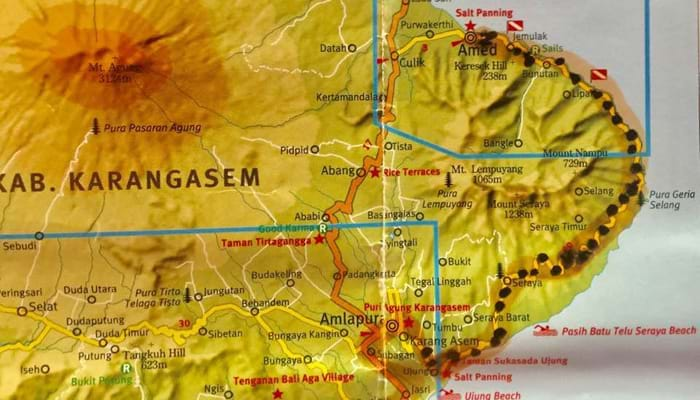
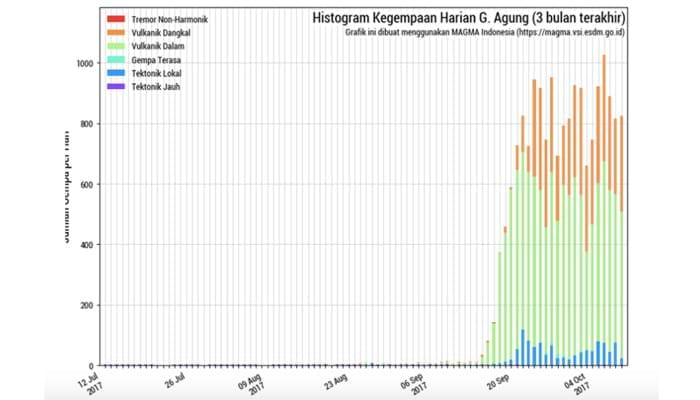
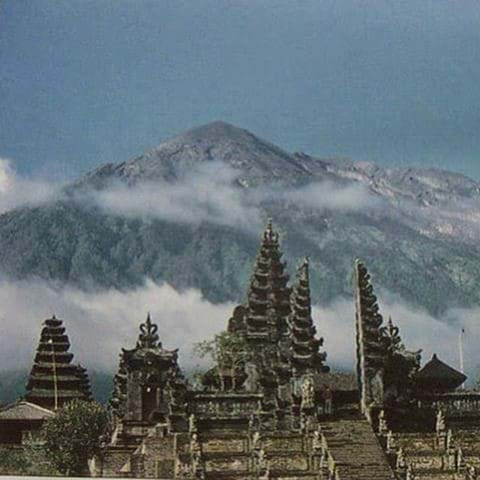


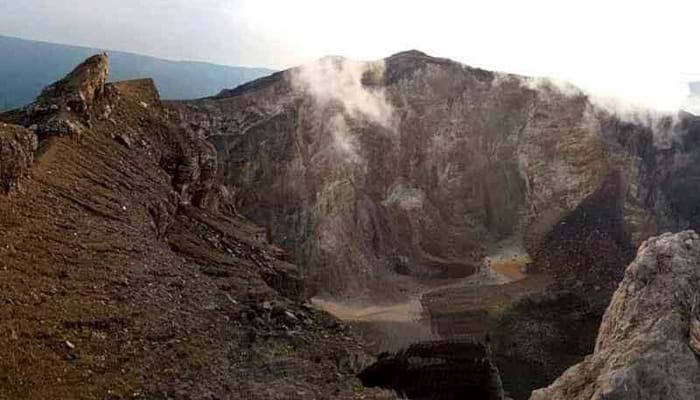

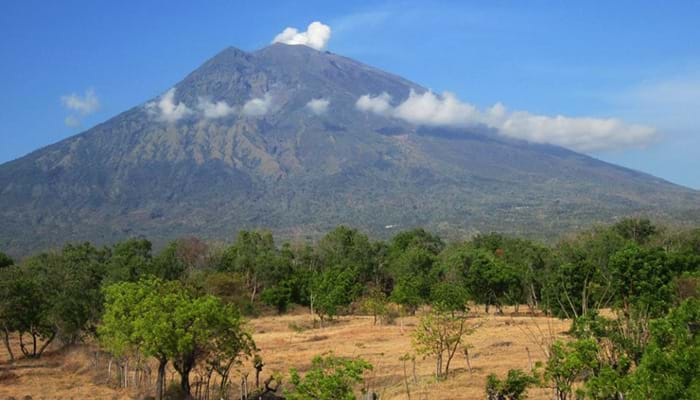




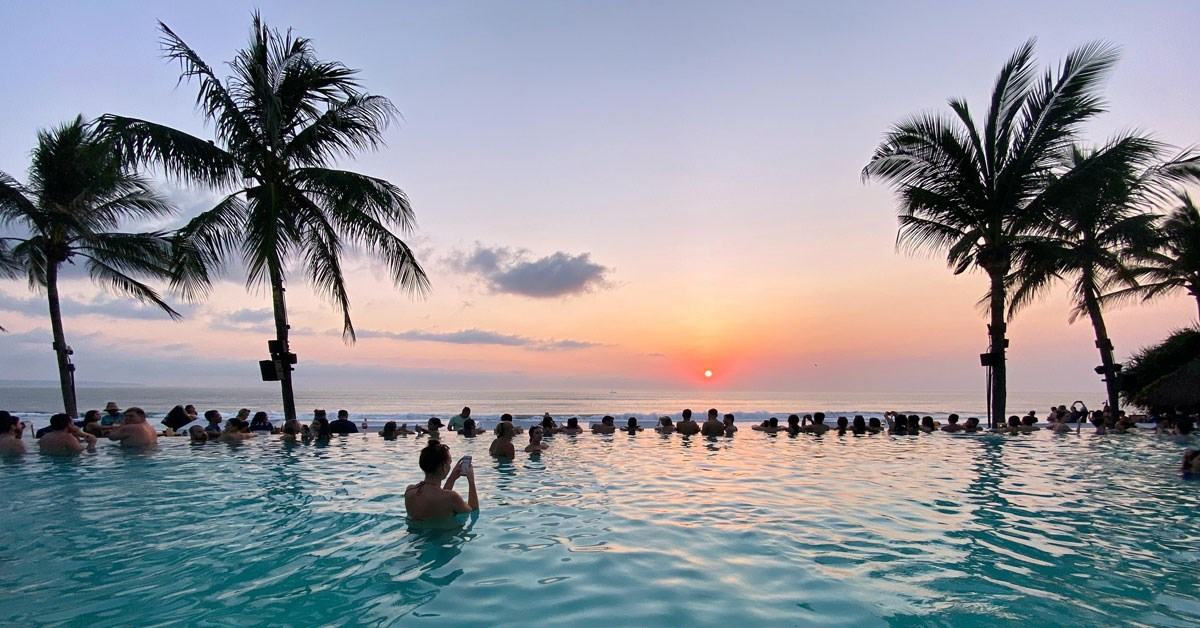
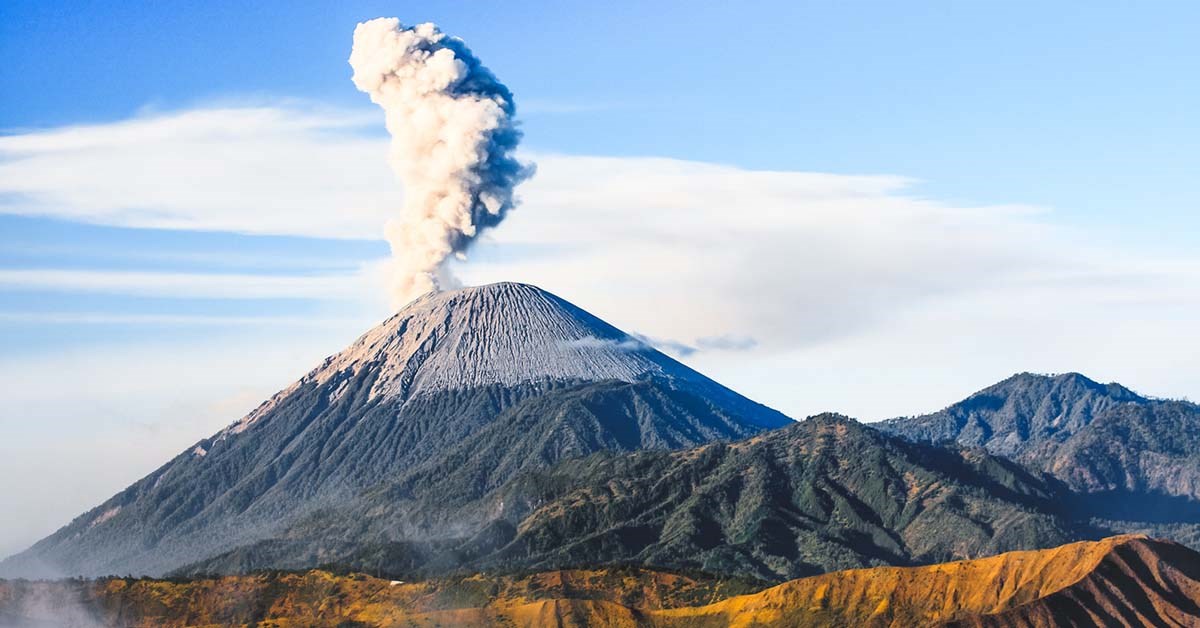

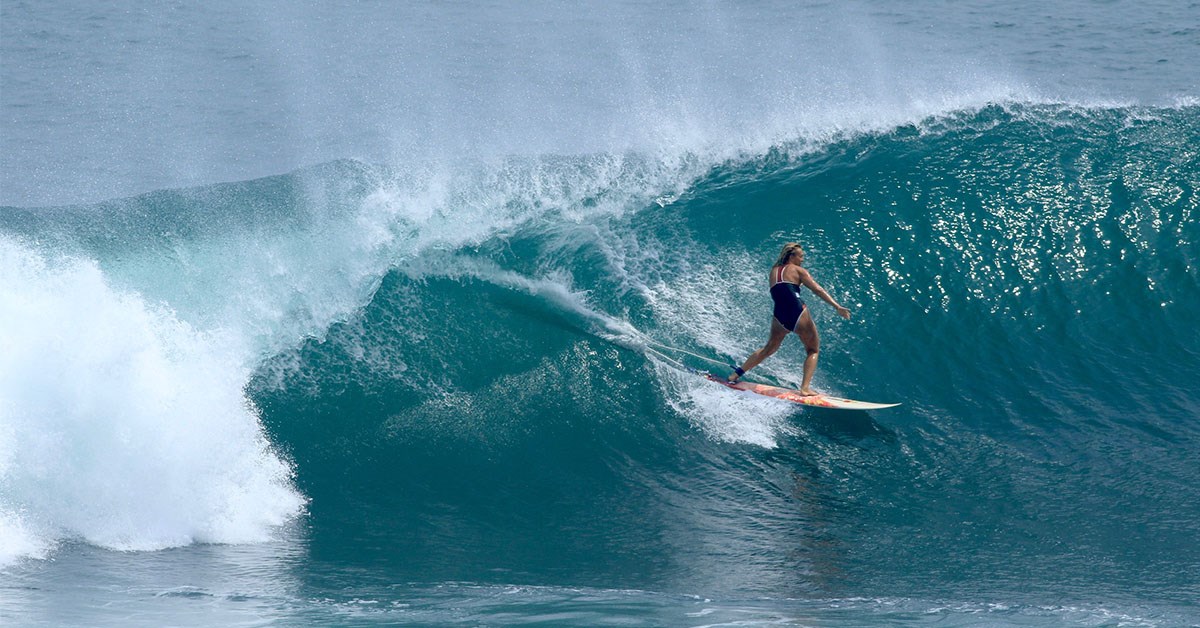
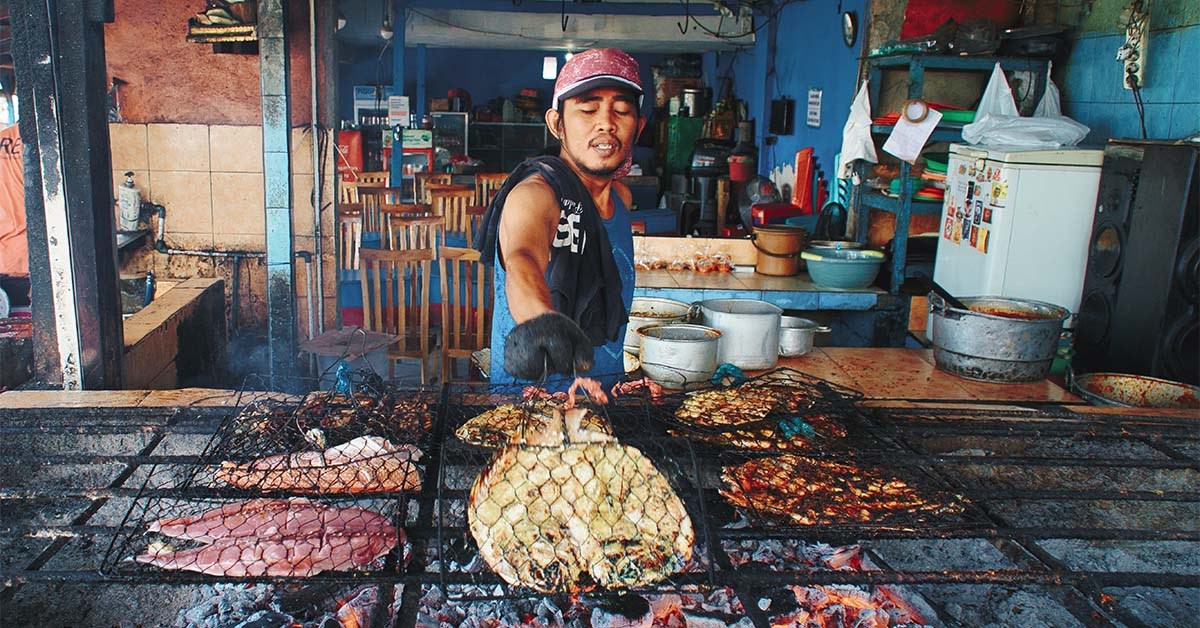
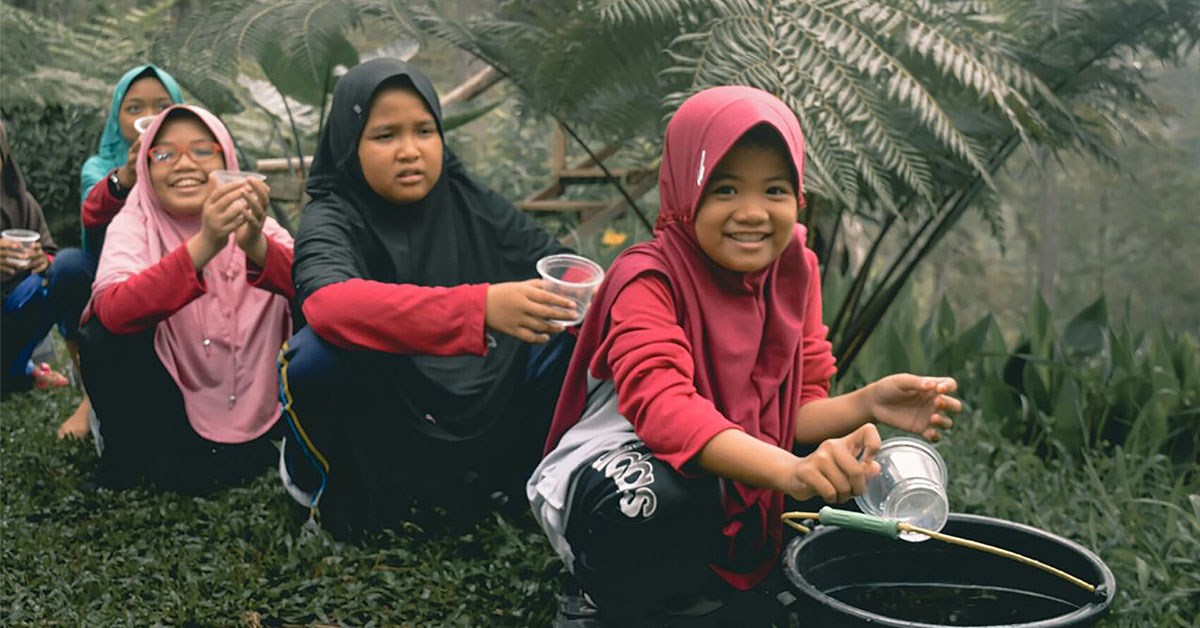
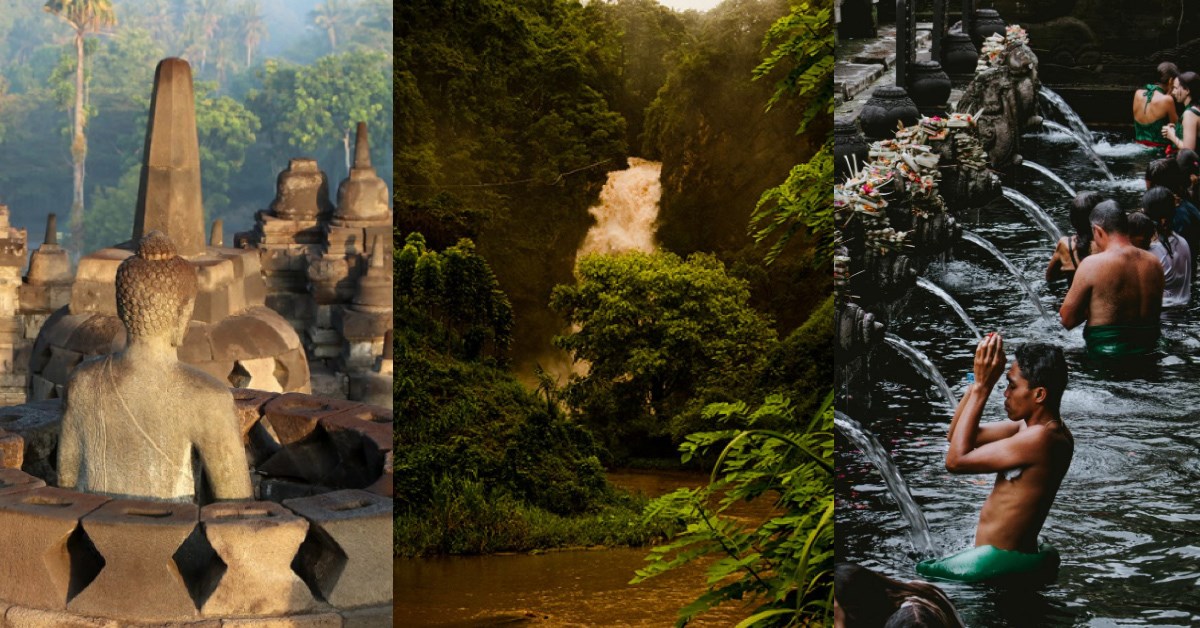
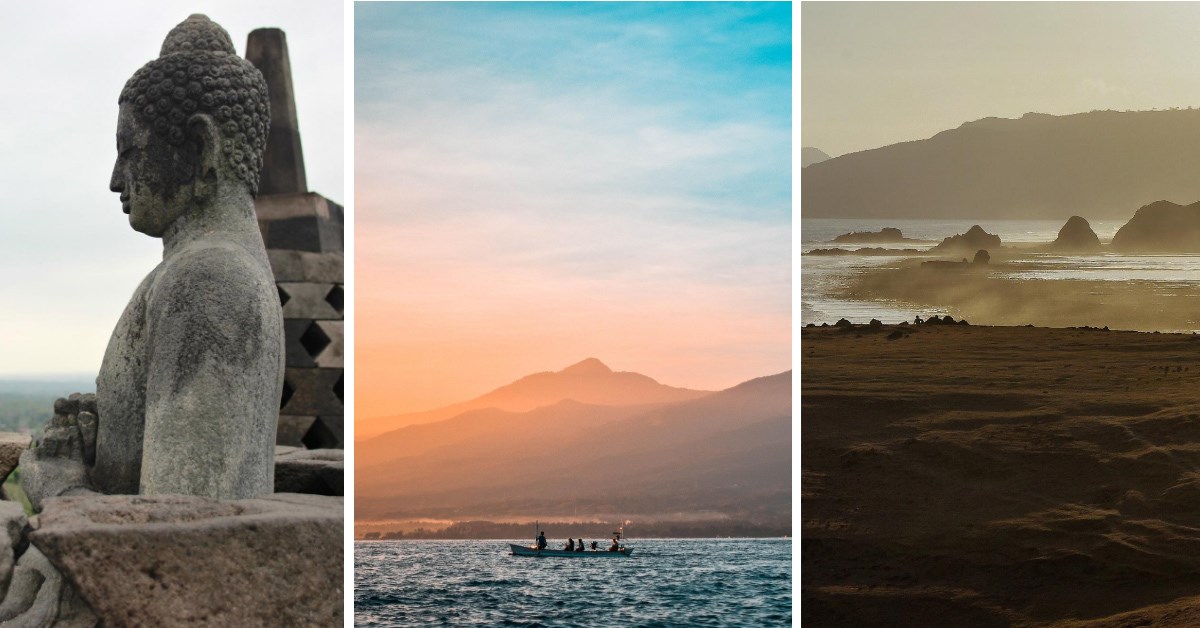
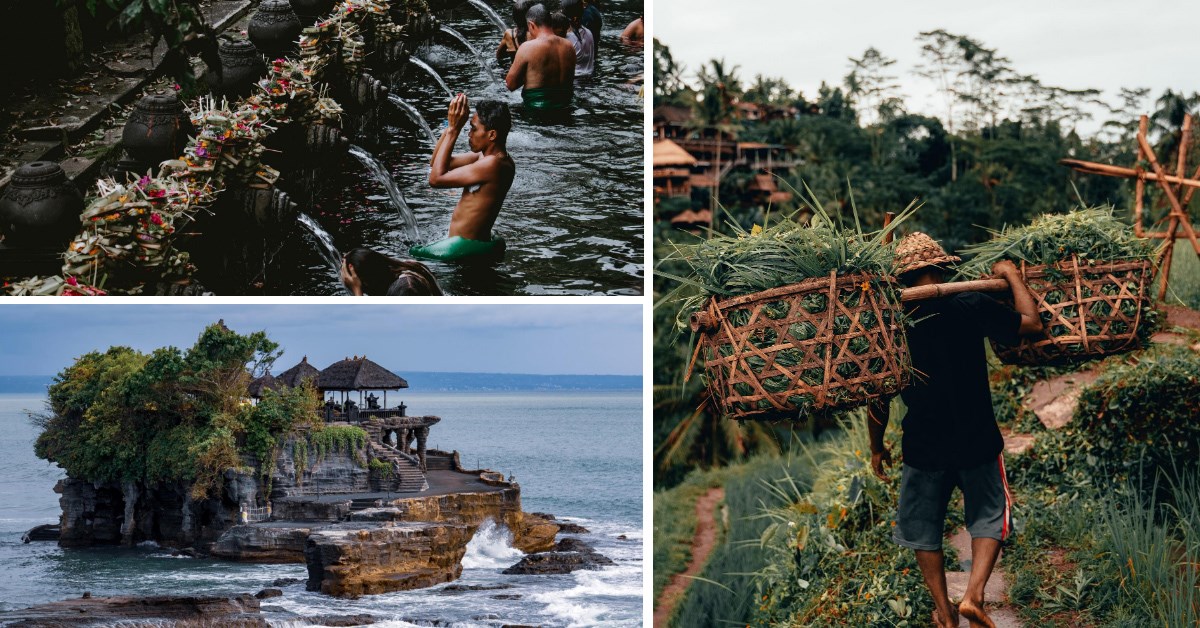
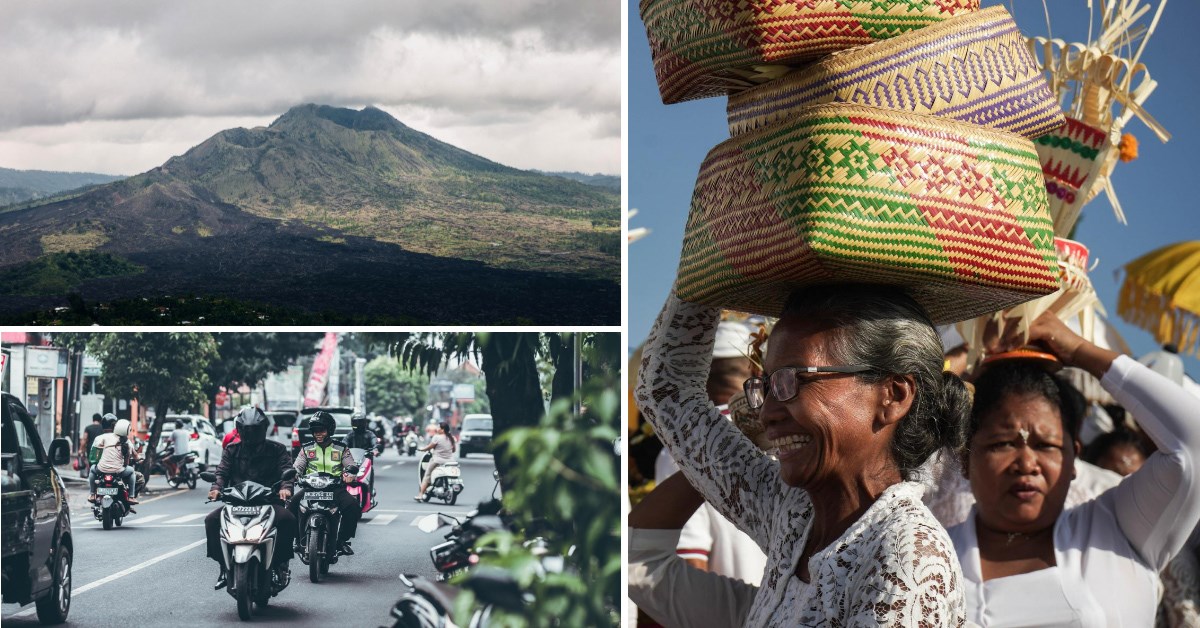
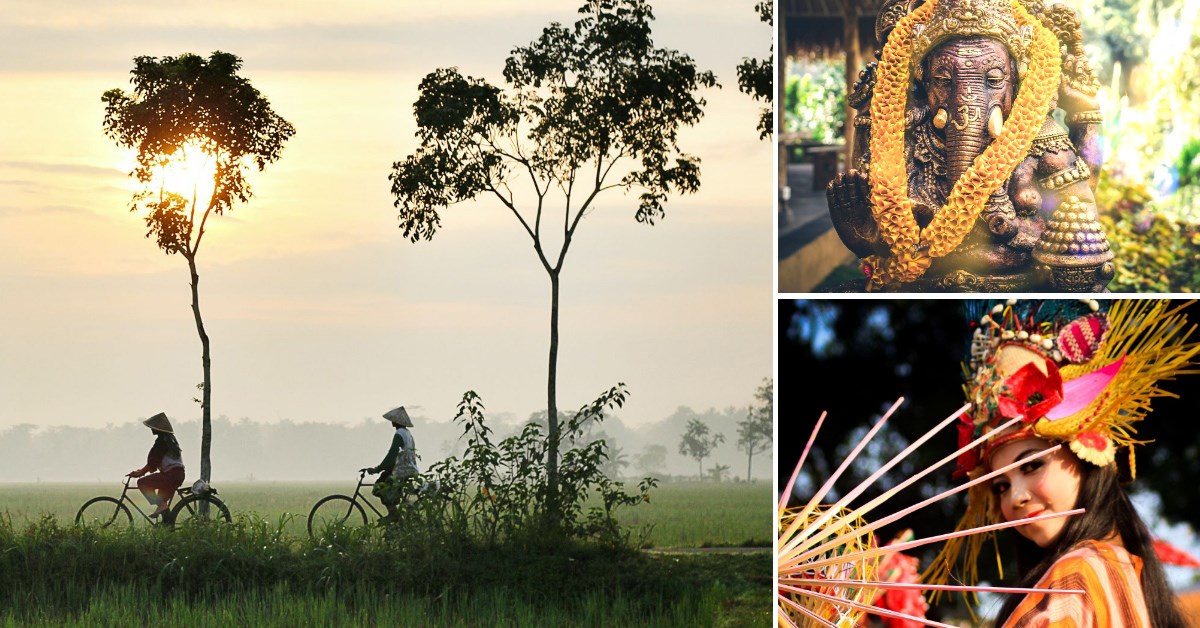

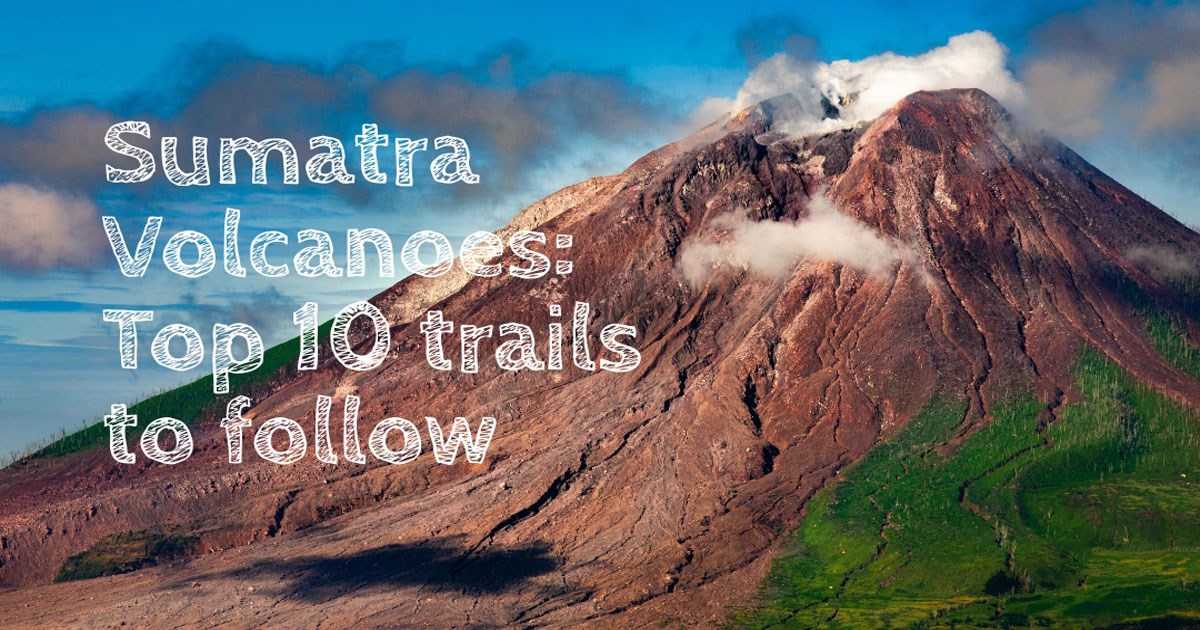
Be the first to leave a review